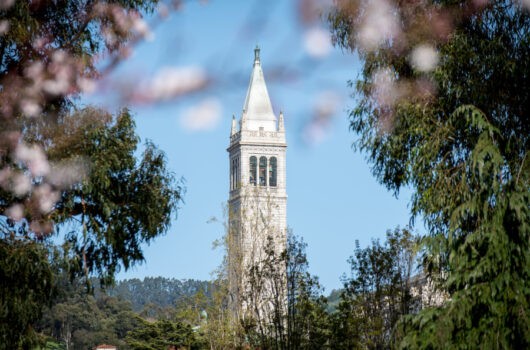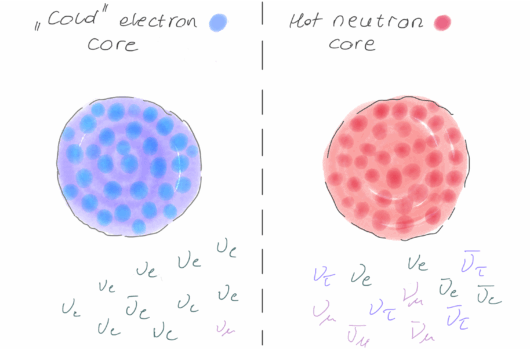Impact of Dark Photon Emission on Massive Star Evolution and Pre-Supernova Neutrino Signal
Impact of Dark Photon Emission on Massive Star Evolution and Pre-Supernova Neutrino Signal
View
Abstract
We study the effects of additional cooling due to the emission of a dark matter candidate particle, the dark photon, on the final phases of the evolution of a ![]() star and resulting modifications of the pre-supernova neutrino signal. For a substantial portion of the dark photon parameter space the extra cooling speeds up Si burning, which results in a reduced number of neutrinos emitted during the last day before core collapse. This reduction can be described by a systematic acceleration of the relevant timescales and the results can be estimated semi-analytically in good agreement with the numerical simulations. Outside the semi-analytic regime we find more complicated effects. In a narrow parameter range, low-mass dark photons lead to an increase of the number of emitted neutrinos because of additional shell burning episodes that delay core collapse. Furthermore, relatively strong couplings produce a thermonuclear runaway during O burning, which could result in a complete disruption of the star but requires more detailed simulations to determine the outcome. Our results show that pre-supernova neutrino signals are a potential probe of the dark photon parameter space.
star and resulting modifications of the pre-supernova neutrino signal. For a substantial portion of the dark photon parameter space the extra cooling speeds up Si burning, which results in a reduced number of neutrinos emitted during the last day before core collapse. This reduction can be described by a systematic acceleration of the relevant timescales and the results can be estimated semi-analytically in good agreement with the numerical simulations. Outside the semi-analytic regime we find more complicated effects. In a narrow parameter range, low-mass dark photons lead to an increase of the number of emitted neutrinos because of additional shell burning episodes that delay core collapse. Furthermore, relatively strong couplings produce a thermonuclear runaway during O burning, which could result in a complete disruption of the star but requires more detailed simulations to determine the outcome. Our results show that pre-supernova neutrino signals are a potential probe of the dark photon parameter space.





